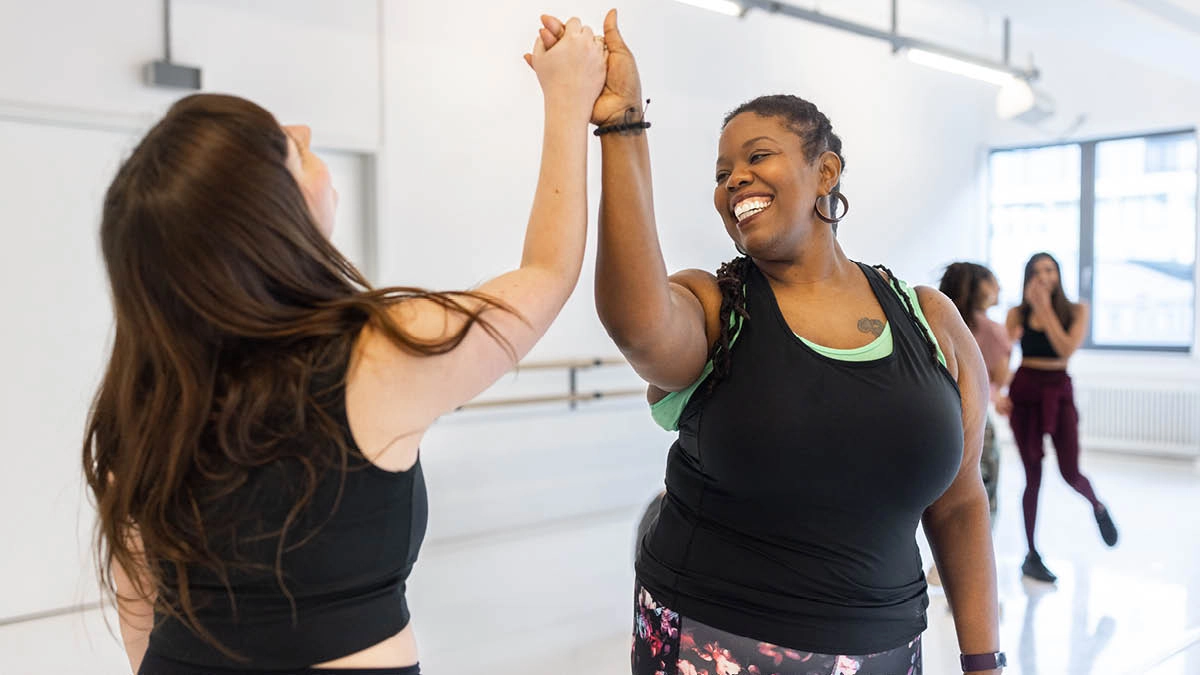- For Providers
- For Brokers
Individuals & Families
- Global Individual Health
- Spanish Domestic Individuals
Employers
- SME Employer Health
- Large Corporation Health
- Spanish Domestic Employers
IGO/NGO
- IGO/NGO Health
Individuals & Families
Top Destinations We Cover
Expat Health Insurance
- Inside Expat Health Hub
- Retiree guide to International health Insurance
- A guide to International health Insurance for working abroad
- Expat Health Insurance Explained
- Student guide to International health Insurance
- Moving abroad while pregnant
Choosing Health Insurance
- Travel Insurance vs International Health Insurance
- Choosing Health Insurance
Country Guides
- Country Guides
FAQ
- Frequently Asked Questions
Employers
Global Health Benefits Europe
- Employers Health Plans
- Cigna Inspire Plan
2 - 149 Employees
- International Health Plans
Large Corporates
- Corporate Health Plans
Global Health Benefits North America
- Employers
- OCONUS
- Students and Faculty
- Government
Clinical
Member resources
- Useful Documents & Information
- U.S Prescription Drug List
Client
- Employer Log In
IGO/NGO & Government
Government Officials
- Government Officials
Client
- Employer Log In
Topics
Individuals & Families
-
Types of Cover
-
Where We Cover
-
Resources
- Inside Expat Health Hub
- Retiree guide to International health Insurance
- A guide to International health Insurance for working abroad
- Expat Health Insurance Explained
- Student guide to International health Insurance
- Moving abroad while pregnant
- Travel Insurance vs International Health Insurance
- Choosing Health Insurance
- Country Guides
- Frequently Asked Questions
-
For Members
Employers
-
Our Plans
-
Clinical
-
For Members
IGO/NGO & Government
Health Blog
For Brokers
The difference between body positivity and body neutrality
The difference between body positivity and body neutrality
Worrying about money doesn’t just affect you mentally, it can have an effect on your physical health too. We look at financial stress and what it can mean for you.
Finances can be a cause of stress for many of us, and can sometimes affect your physical health. In this blog we take a look at the effect stressing about money has on your mind and body, and how to find a solution...
The world is stressed, especially since the pandemic began. Cigna’s recent Global Well-Being 360 Survey revealed that 83 per cent of people have experienced stress, and financial worries were a factor. People are concerned about how they’ll be able to provide for the future: to cover the mortgage, to pay for their child’s education, to fund their retirement. Financial well-being registers lower on the Cigna survey than ever before. But what does this mean for you?

Coping mechanisms
The symptoms of stress are obvious for some. It could be the sense of being overwhelmed, the feeling you can’t control your situation or a nagging feeling that never goes away, even when you try to sleep, leading to insomnia. Anxiety and depression are two of the more well-known symptoms of financial stress, but it goes beyond that.
Financial stress manifests itself in many ways: it can have an impact on your appetite, potentially leading to weight loss due to a distracted mindset or weight gain when food or alcohol is used as a coping mechanism. There are known risks associated with weight gain, such as diabetes and high blood pressure and even heart disease.
Of course, when you’re stressed about money, you might take the decision to curb spending on social activities, and that could lead to isolation or loneliness and the stresses that come with that too.

So what can you do?
Financial awareness
Own the situation. The best solution is to deal with the situation head-on, don’t ignore your bank balance for fear of what it might reveal. Check it. Regularly. Go through your accounts to see where problems have occurred. What are your spending patterns? What’s going in, what’s going out? Try and identify the issues. It might not make pretty reading, but at least you’ll know what the situation is.
Then, talk about your situation. It could be with a friend, family member or even a work colleague but talking rationally through the situation with another person will allow you to begin the process of finding a solution. You’ll also discover that you’re not alone, many people have been through exactly the same as you, and they’ve found a way out of the situation, as well as finding ways to deal with the effects of financial stress.
Disclaimer: The information under this article is general information only and solely for reference purpose, which does not constitute any financial, investment, tax or any other professional advice or analysis. It is recommended to obtain specific and independent advice from independent financial professionals before making any financial or investment decisions. Cigna assumes no responsibility for any circumstances arising out of the use, misuse, interpretation or application of any information contained herein, and reserves the right to update or revise information in this article without prior notice.
Related articles
@Cigna 2025
This article serves only as a reference and is intended for informational purposes only. Nothing in this article constitutes legal, tax, financial planning, health or medical advice including diagnosis or treatment. Any reference to products or services offered by Cigna are available except where prohibited by applicable law and subject to terms and conditions. Cigna have no involvement in, nor are we liable for, any decisions and/or outcomes that are made or determined by FocusPoint International.
Contact Us
Whether you wish to speak to our sales team or get general help if you are already a Cigna Healthcare® member, we’ll get you to the right information.
Contact InformationPopular Links
Resources
© Cigna Healthcare. All rights reserved.
*Please note, this is a representation of the benefits available and does not contain the terms, conditions, and exclusions specific to each benefit. The benefits may be subject to change. Some benefits may be part of an optional module. Please see the Customer Guide for full details.
This website is provided by Cigna European Services (UK) Limited, a company incorporated in England and Wales having its registered address at 13th Floor, 5 Aldermanbury Square, London EC2V 7HR and registered number 00199739. The Cigna Healthcare name, logo and other Cigna Healthcare marks are owned by Cigna Intellectual Property, Inc., licensed for use by The Cigna Group and its operating subsidiaries.
Our Policies are underwritten by Cigna Global Insurance Company Limited, a private limited company under Guernsey Law, with registered address office at PO Box 155, Mill Court, La Charroterie, St Peter Port, Guernsey, GY1 4ET, and company number 41925. Cigna Global Insurance Company Limited is authorised and regulated by the Guernsey Financial Services Commission for the conduct of insurance business in Guernsey.
This communication is being issued and/or distributed by Cigna Insurance Management Services (DIFC) Limited which is regulated by the Dubai Financial Services Authority.
Selecting these links will take you away from Cignaglobal.com. Cigna Healthcare does not control the linked sites' content or links.

